World Champagne Day
Updated 19/03/2025

World Champagne Day is celebrated yearly on the 4th Friday in October, and conveniently a Friday too, where you ought to pop a cork in celebration of Champagne and all the good memories that come with it. Champagne is the absolute staple of celebrations and deserving of its very own day to commemorate the skill, passion and joyous occasion that these winemakers bring us.
Across the industry there is a range of Champagne at some eye-bogglingly low prices and equally bogglingly high. They are all subject to the same strict regulations to try and preserve the quality and character of the region. It is only when you realise each year how hundreds of different parcels of grapes are blended to achieve either a consistent taste, as in Bollinger or Laurent Perrier NV, that you really respect the masterful work of the cellarmasters and their legendary tasting skill. Likewise for vintage Champagne, you have to respect the blending of parcels again, all from the same vintage, but vinified in minutely and/or largely different ways to achieve a flavour to reflect the vintage. So, raise a glass to passion, skill, flavour and celebration with my pick of Champagne’s below.
The Best Champagne Recommendations
Non-Vintage Champagne Recommendations
Non-Vintage Champagne is the staple of the market, largely because they are both delicious and good quality whilst being more affordable as Champagne goes. NV Champagne is a blend across different years designed to reflect a “house-style”. For example, Veuve is a well known punchy Champagne due to its heavier use of Pinot Noir in the blend, whilst Bollinger use a greater level of Reserve wine (older in age) which gives depth and richness.
My first choice funnily enough is Bollinger Special Cuvee. The use of more reserve wine takes it the extra mile and makes it particularly decadent. Like Veuve, it also makes Pinot Noir a majority in the blend, and that matches the richer reserve wines excellently. It is also cellar aged for twice as long as required by appellation regulations. As a result, the Champagne is complex with ripe fruits and spicy notes. Age is shown through cooked apples, nuts and dried peaches which are kept fresh by pear and high acidity. It has a signature brioche yeasty palate too which is a must-have in great Champagne.
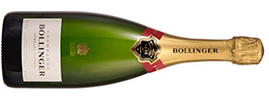
Similar Champagnes such as Laurent Perrier La Cuvee and Taittinger Brut and Veuve Clicquot are all classics we know well so I won’t bore you with a breakdown, but instead suggest something you may not have had.
Ayala Brut Majeur is a great Champagne also made by the Bollinger name but lesser known. I was lucky enough to attend a Champagne tasting dinner at Bollinger’s UK HQ in Bermondsey where this one really appealed to me. It is a Chardonnay led blend with real purity and elegance. This Champagne is all about expressing flavours from the grapes and letting them do the talking. It also undergoes an extended ageing length of three years in their cellars which gives it the complexity edge over competitors. Expect citrus, white flowers and general expressive fruits with hidden depths of complexity the more you sip it and a sharp finesse demonstrating the masterful winemaking.
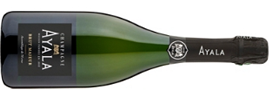
Vintage Champagne Recommendations
Besides the obvious single vintage grape harvest, Vintage Champagne is subjected to stricter regulations and longer ageing than NV and in most houses is only made in years where the harvest is deemed worthy of making a Vintage Champagne.
One of my top choices has to be Taittinger Vintage. The 2016 in particular, is a wonderful mix of flinty, bready, gingerbread and white fruit flavours, a dollop of honeysuckle and a very long, creamy finish that has an orange peel tone to it.
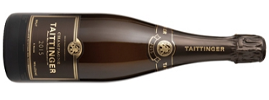
The Piper Heidsieck Vintage is another technically fantastic Vintage Champagne. The 2014 is the one that springs to mind. Displaying ripe fruit flavours of apricot, tangerine and pear, it has a floral element of orange blossom and the lovely vintage mainstay of brioche as well as some toasted almond to reflect the age.
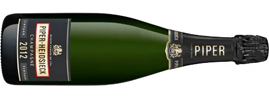
A slightly more pocket friendly alternative is the Chanoine Frères 'Réserve Privée' Vintage. This is made by the second oldest Champagne house, so it is fair to say they have experience. You’ll find a delicate expression of lemon, hazelnut and orange peel.
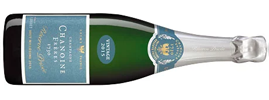
Rose Champagne Recommendations
Rose Champagnes are made in two distinct methods. The first and most common is the addition of still red wine (often Pinot Noir) to the blend which adds body and red fruit flavours. The second, most famously used in Laurent Perrier, is known as the saignée or bleeding method. This can arguably create a more harmonious style as the juice of black grapes is drawn from the vat and used rather than blending white and red wines.
As Rose Champagne goes, I am very partial to the Veuve Clicquot Rose. Compared to say Moet or Laurent Perrier, this one is extremely rich and full bodied with notes of wild strawberry and cranberry, hazelnut and brioche. An excellent companion to strong cheeses.
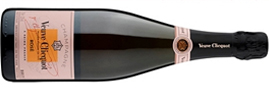
Laurent Perrier Rose is definitely up there too, but one that less people go for that I would suggest instead is the Bollinger Rose. The Rose is full of luscious red berries and a touch of spice.
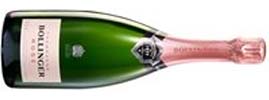
Blanc de Blancs and Blanc de Noirs Recommendations
The clue is in the name of these wines. Blancs de Blancs Champagnes create a white Champagne using only white grapes, whilst Blanc de Noirs Champagnes create a white Champagne from only black grapes.
A Blanc de Noirs I’d recommend trying on the premium end is the Pommery Apanage Blanc de Noir. The nose is elegant with subtle floral notes, strawberry and frangipani which develop into a creamy body filled with pear, red fruit and spices.
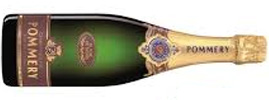
For Blanc de Blancs, there is one very obvious candidate to my mind. That is the Ruinart Blanc de Blancs. It is 100% Chardonnay with up to 25% reserve wine blended in. It has an intense nose with ripe citrus fruits, tropical fruits and white flowers. It feels supple and delicate with well balanced freshness and fine bubbles.
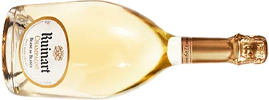
Grand Cuvee Recommendations
These are the crème de la crème of the Champagne houses. The Champagnes with no expense spared and absolute perfection.
I have been lucky enough to try one of the most sought-after Champagne’s in the World a few times from a 1996 Rose, the P2, and 3 or 4 other vintages of the white Champagne. Yes, it is the wonderful Dom Perignon. Named after the monk who accidentally invented Champagne, and in fact regarded the bubbles as a fault with the wine, this Champagne needs to display all reverence for the name. And it certainly does. It is only ever made in vintage years so tasting notes will differ but generally the wines have a strong brioche presence from ageing as well as a beautiful floral and citrus character. Complexity and minerality are abounding.
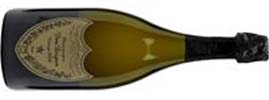
The other Grande Cuvee I’d draw attention to is Krug Grande Cuvee. Krug has a fascination with drawing parallels between musical composure and winemaking and go so far as to create classical music to pair with your bottle using unique codes stamped on the bottle known as “Krug iD”. The wine is a blend of over 120 wines up to 10 years old and is created each year. The vast level of blending generates real complexity, a myriad of flavours and allows it to be tinkered with to perfection. One of the standout flavours to me in the Krug I have tried was grapefruit, it adds a real depth and point of difference versus other Champagnes.
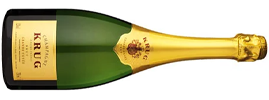 Shop All Champagne >
Shop All Champagne >